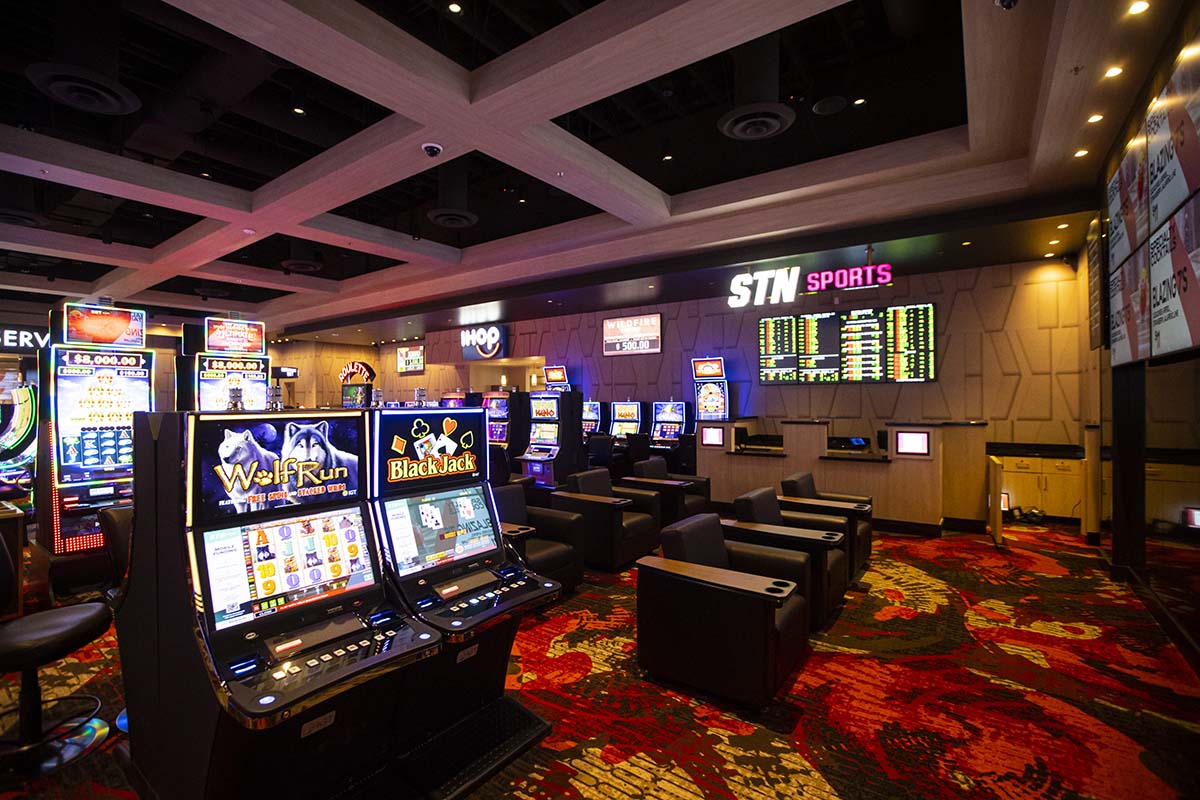
Manga has captivated audiences around the globe with its vibrant storytelling and distinctive artistic flair. Originating from Japan, this unique form of comic art merges intricate visual styles with compelling narratives, making it a notable cultural phenomenon. As readers immerse themselves into the rich world of manga, they encounter a multitude of art styles, each conjuring different emotions and themes, mirroring the diverse stories that this medium offers.
Understanding the different art styles in manga not only improves the reading experience but also provides perspective into the characters and the worlds they inhabit. From the classic shonen with its bold lines and energetic characters to the softer, more detailed aesthetics found in shoujo, each style has its own charm and fascination. This visual guide aims to explore the multitude of techniques and characteristics that define manga, helping both newcomers and seasoned fans recognize the artistry that brings these stories to life.
Famous Comic Art Styles
Manga encompasses a wide range of artistic forms that showcase the creativity and cultural influences of its creators. One of the top recognizable styles is Shounen, which is often characterized by dynamic characters, thick lines, and a emphasis on action and thrills. This style appeals to teen readers and includes series like Naruto and One Piece, where heightened expressions and powerful poses convey the intensity of battles and feelings.
On the other hand, Shoujo manga presents a softer aesthetic with delicate lines and intricate backgrounds, often aimed at a younger female audience. This form emphasizes love, relationships, and personal development, featuring characters with big, expressive eyes that emphasize their feelings. Famous Shoujo series like Sailor Venus and Host Club of Ouran High show this art form, drawing readers into enchanting worlds of romance and bonds. 888b
Seinen manga and Josei are styles that cater to mature readers, featuring adult-oriented themes and sophisticated characters. Seinen is aimed at men and tends to have a less exaggerated portrayal of life, showcasing psychological depth and intricate storytelling. Meanwhile, Josei focuses on the lives and relationships of female characters, often with a nuanced perspective. Manga such as Berserk and Nana: The Story of Friendship illustrate the distinctiveness of these styles, appealing to readers who seek a more profound narrative and a refined artistic style.
Techniques
Creating characters in anime involves a varied array of approaches that bring characters to life and keep them memorable. One essential approach is the application of distinctive silhouettes. Artists often craft unique shapes for their characters that instantly convey their personality or function in the narrative. This technique not only helps in differentiating characters from one another but also helps in visual storytelling, as audiences can glean information about the character simply from their silhouette.
Another successful method utilized in manga character design is the use of exaggerated features. Artists frequently amplify certain attributes, such as eyes or hairstyles, to evoke specific emotions or qualities. For example, large, sparkling eyes may indicate innocence or enthusiasm, while angular, angular features might suggest a more serious character. This enhancement helps to rapidly communicate the essence of the character to the reader, making it simpler for readers to develop connections with them.
Lastly, color scheme plays a significant role in character design. The decision of colors can provide insight into a character’s nature, emotional state, and even their relationships with other characters. Bright and vivid colors might suggest a joyful disposition, whereas darker hues can indicate mystery or threat. By thoughtfully selecting colors, manga artists can enhance the impactful impact and visual appeal of their characters, making them more captivating for the reader.
Coloring and Gradient Techniques
In the world of manga, pigmentation and gradient are vital techniques that bring the artwork to vibrancy. Traditional comic art often employs black and white tones, but many artists utilize digital tools to add vibrant colors. The use of flat colors is prevalent, where large areas are colored with a single hue to create a bold contrast with the fine line work. This technique maintains the clarity of the illustration while boosting the visual effect, making the characters and scenes stand out.
Shading in comic art typically employs approaches such as screentone application, line layering, and color transitions. Screentones, a cornerstone in manga creation, are adhesive sheets with textures that artists use to achieve various textures and shadowing effects. Line layering involves building up lines to create volume and dimension, adding a sense of truth to hair, clothes, and backgrounds. Artists may also use gradients, transitioning from bright to dark, to mimic light and shadow, encouraging a more active and three-dimensional appearance.
Digital tools have revolutionized tinting and shadowing methods in modern comic art, allowing for greater experimentation and effectiveness. Software such as Adobe Photoshop offers a selection of brushes and effects, giving artists the ability to combine colors effortlessly and add complex textures. This digital revolution facilitates rapid adjustments, enabling artists to explore their artistic expression without the limitations of traditional media. As a consequence, the contemporary manga landscape is increasingly diverse, showcasing diverse tinting styles that cater to different aesthetic choices.